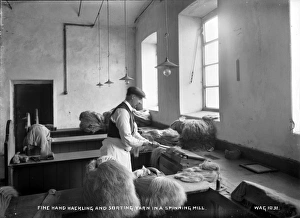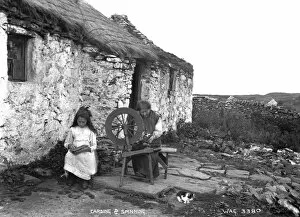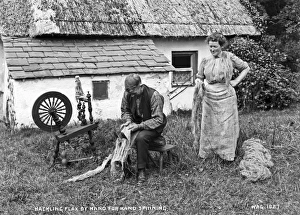Hackling Collection
In the Victorian period, hackling played a crucial role in linen production
All Professionally Made to Order for Quick Shipping
In the Victorian period, hackling played a crucial role in linen production. Fine Hand Hackling and Sorting Yarn in a Spinning Mill was an intricate process that required skill and precision. A hackling machine was used to separate the fibers of flax, preparing them for spinning into yarn. The Tread-Wheel and Oakum-Shed at the City Prison, Holloway, showcased how even prisoners were involved in this labor-intensive task. It was evident that hackling flax by hand required immense physical strength as stalks were broken apart by beating down on a metal comb. Hackling Flax By Hand for Hand Spinning demonstrated the dedication of individuals who meticulously prepared each fiber for textile production. This attention to detail ensured high-quality linen products. Carding and Spinning also played significant roles in the overall manufacturing process. These steps transformed raw materials into usable yarns through careful combing and twisting techniques. A glimpse into Hackling Yarn in a North of Ireland Spinning Mill highlighted regional variations in textile industries during this era. Each area had its own unique methods but shared a common goal - producing fine linens. The Criminal Prisons of London shed light on how even correctional facilities incorporated hackling as part of their work programs. The tread-wheel served not only as punishment but also as an opportunity for inmates to contribute to society's needs.










